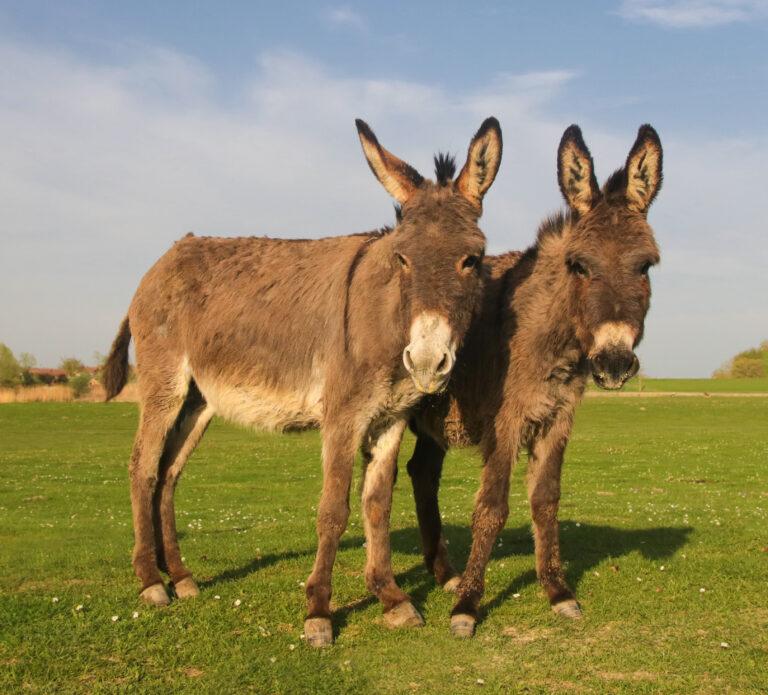In China between 1990 and 2018 the donkey population decreased by 77 per cent from 11.1 million to 2.5 million. The growing demand for donkey skins has also likely contributed to the decline of donkeys in China. As China has an insufficient supply of donkeys to meet the demand, donkey skins are sourced from Africa, South America and Australia. A new report from The Donkey Sanctuary has found that the trade in donkey skins is spreading diseases around the world.
The United Nations Environment Program (UNEP) has identified, 75% of all emerging and re-emerging infectious diseases are ones that pass from animals to humans and they do not exclusively emanate from wildlife, domesticated animals and livestock can be carriers too.
National and international regulations pertaining to trade in animals and their products exist in part to reduce the risk of disease transmission. But because of the lack of an established supply chain for donkeys, and the speed at which the industry developed, donkey skin commerce occurs with little regulation or oversightThe trade operates without adequate veterinary and biosecurity protocols and is characterised by illegal backyard slaughtering, which increases the risk of contamination.
The report details tests by the International Livestock Research Institute, which found that skins from a licensed Kenyan slaughterhouse were contaminated with Staphylococcus aureus and African horse sickness. 44 of the 108 tested skins carrying the drug-resistant MRSA variant and three of the positive samples were carrying the PVL-toxin (Panton–Valentine leukocidin) – known to cause invasive necrotising diseases in humans.
The skins tested were from one slaughterhouse sourced on one day – skins from other sources and in other countries and continents could indicate the presence of other important pathogens such as glanders, equine influenza and African swine fever. Donkeys are generally susceptible to the same infectious diseases as horses, many of which have zoonotic potential. Close contact with sick equids puts people at risk, as does eating, inhaling or touching infectious by-products.
A number of countries—including Kenya, Tanzania, and Nigeria—banned the export of donkey skin, but illegal trade still persists. China currently authorises the import of donkey skins from so-called ‘registered facilities’ in seven African countries, all of which have endemic African horse sickness(AHS). In addition, skin exports take place (in the absence of registered facilities) from Botswana and Ethiopia, both of which have endemic AHS. The exportation of skins from countries with known serious endemic animal disease presents the risk that AHS could be spread through live vectors that could be carried in consignments of inadequately treated skins.
Regulation of the area and the establishment of appropriate animal health and biosecurity protocols are necessary to mitigate the risks.

